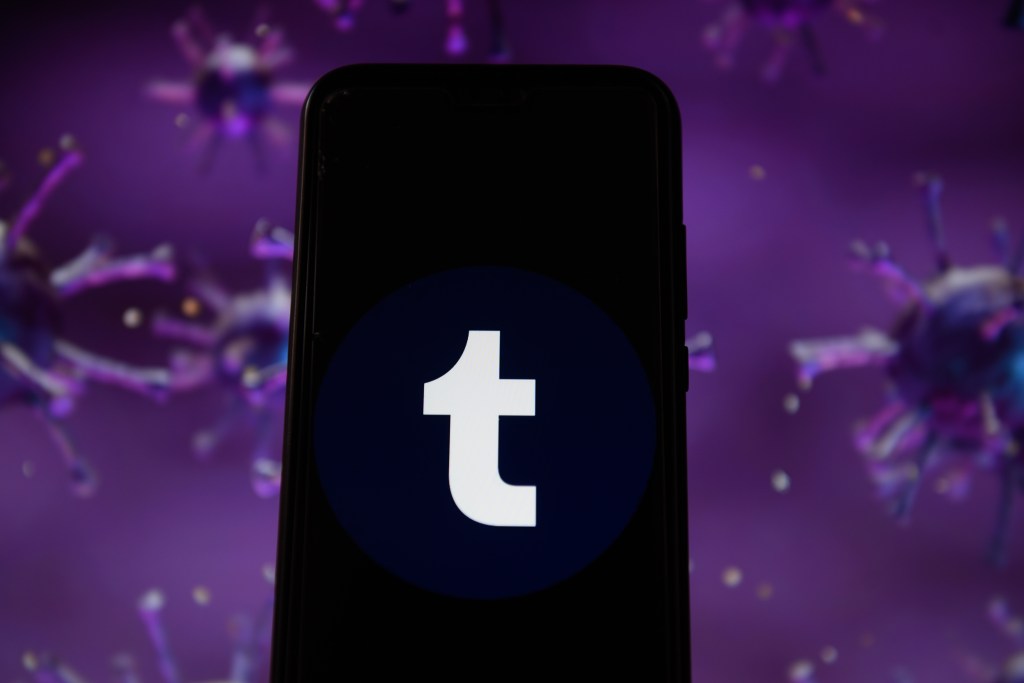Jason Buhle
A recent article in Entrepreneur magazine listed “inadequate testing” as the top reason why startups fail. Inadequate testing essentially means inadequate or sub-par user research that leads to poor UX design which, not surprisingly, usually ends in failure. While working with startups and tech companies, I have also seen how even when people know how important user research is, they may not necessarily know how to conduct it in optimal ways.
Let’s look, then, at some of the biggest UX research mistakes companies make and what I wish I had known when I first started.
Conduct UX research early and throughout product development
When considering any potential product or service, it’s best to get certain questions answered as soon as possible. Is it actually going to be something useful and feasible for the target users and their organizations? Are your initial; assumptions correct? Ideas that seem good at first may not seem so great after research, and many commonly criticized failures were likely results of insufficient research. This is why it’s vital to begin user research early before product development has even begun.
While it is important to conduct foundational research early on, you also want to make sure to conduct evaluative research by continuously testing your product as you build or upgrade it. One of the reasons why Google products product like Gmail or YouTube are relatively easy to use for most people is that Google has teams continuously testing their products, making sure that their users know where to find what they’re looking for.
Don’t do all of the user research yourself
One of the mistakes I see many startups and entrepreneurs make (and that I myself made early on) is doing all of the UX research themselves. In some ways, books like “Lean Startup” have bolstered this tendency by stressing the need to “get out of the building” and get to know your users. In itself this isn’t a bad idea—it’s good to know who your users are and to build empathy for their experiences. Likewise, this isn’t to say that you should not do any research yourselves.
However, you also want to be sure to complement that by having professional, third party UX researchers do research for you as well. When you are heavily invested in your research, as you invariably would be if it is your own product, it is difficult to conduct it in an unbiased way. And when your research participants know that you are asking them about your own project, they are not likely to provide you with good signal that can actually help you improve your product.
Objectivity, though important, is not the only reason to hire third-party researchers. It is also a matter of skill. UX researchers are trained professionals who specialize in what they do, and a good researcher will know how to conduct the kind of research that meets your needs in a way that suits your budget and makes sense for you. Even if you were to have highly talented UX designers on your team, research is a very different ball game and they would not necessarily have that kind of specialized knowledge, assuming they even had the time to do research on top of design.
Some of the research should be anonymous
Just as companies should enlist objective third party researchers, they should also have the research be done anonymously at least some of the time—that is, research participants should not know the name of the company whose products you are researching. Sometimes there may be legitimate reasons for revealing the name, for example, because of necessary dependencies between a new product and an existing software suite, but generally anonymous is the way to go.
This is because participants are much more likely to be honest when they do not know whose products they are being asked to evaluate. And while no one enjoys harsh criticism, if that reflects your users’ honest feelings then that is what would be most useful. With big companies like Google, especially, there can be a contaminating halo effect that leads participants to color their feedback in a more positive light than they would otherwise.
Have a focused, specific research plan
Another mistake I often see is that companies tend to be all over the place with their research—they want all aspects of their product to be excellent and thus reject the notion of focusing on one thing at a time. The problem with that is that it is all too easy to lose your way with such a scattered approach. By the end of it you may have a lot of small bits of data here and there which makes it easy to cherry pick the data and find support for your hypotheses while ignoring the evidence against it.
The foundation of any good research project is therefore a solid plan and that means being as focused and specific as possible: have a specific goal, a specific hypothesis, a specific method, a specific population, and a specific report that addresses all of the above. Ideally, reports should all be archived in an easily searchable database so that everything learned can be retained. This also helps prevent redundant research or future research being built on top of falsely remembered methods or results from previous studies.
Use UX research participant recruiters
Finally, it pays to let professional recruiters find suitable participants for your research. A lot of smaller companies, startups in particular, resort to recruiting their friends and family for research. That is probably better than nothing, but it does not provide the kind of good signal that research with professionally recruited participants would. Third party recruiters excel at finding participants who are simultaneously diverse while also matching your target user profile instead of just people who have similar interests or are from similar socioeconomic backgrounds, which is what generally happens when you do friends-and-family or in-house recruiting. The difference in the quality of signal you get from participants chosen by professional recruiters versus friends-and-family or in-house recruiting will more than justify the added expense and effort. An additional benefit is that it also helps achieve the research anonymity and third party objectivity discussed above.
Fortunately, the recruiting industry has come a long way such that services like User Interviews are making it easier, faster, and more affordable to recruit participants via a third party. It is also easier now to find highly specialized recruits (which, when done through traditional market research channels, was once a very difficult task) through companies such as The Mighty, for example, which helps researchers recruit individuals with rare diseases.
This is by no means a complete list of all the biggest mistakes that companies make with user research, but it is a good starting point. It may be tempting for startups and small companies to conclude that they can’t afford to hire professional UX researchers and research recruiters, or that they can’t afford to conduct research throughout the product life cycle, but the prevailing attitude should be that companies cannot afford to not do these things since not understanding users and their needs leads to poor UX and poor UX leads to failure.
Prioritizing quality user research will ensure that your products and ideas are given the opportunities they deserve to be properly realized and to succeed.































Comment